The Rise of Twitter | Social Media Tool | Simplemachine
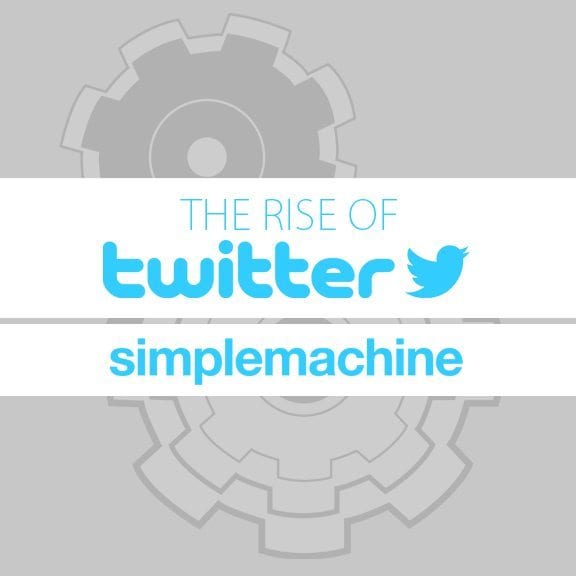
It is often said, “Necessity is the father of invention.” Generally, this means that human beings, when presented with a challenge or an obstacle, will adapt and create the tool to meet the task. In the case of Twitter, however, the idea only came to be when the original tool of the founders, an ill-fated podcasting service, was no longer necessary. What happens from that point in 2005 serves as the guide for a look into the origin of Twitter and an exploration of where the tech giant currently stands in the creative and market landscapes.
Jack Dorsey sketch of Twitter, circa March 2006
In the fall of 2005, in a keynote address like the one that took place yesterday, Apple announced that iTunes would soon include a podcasting service and the technology would be coming along with the new shipment of iPods that were to be sold. At that time, Odeo, a tech startup founded by Noah Glass (a software developer who had an idea for an application that allowed a user to enter an audio blog entry from a remote cell phone location) and Evan Williams (former owner of Blogger.com, who bought into Glass’ original startup), saw their idea for a podcasting company go up in flames. So, they turned to their staff for ideas. One of their employees, an NYU Engineering dropout named Jack Dorsey, had been toying with the idea of a service that prized the concept of “status,” i.e. what people were up to at the moment. As Glass said, “He started talking to me about this idea of status and how he was really interested in status, I was trying to figure out what it was he found compelling about it.”
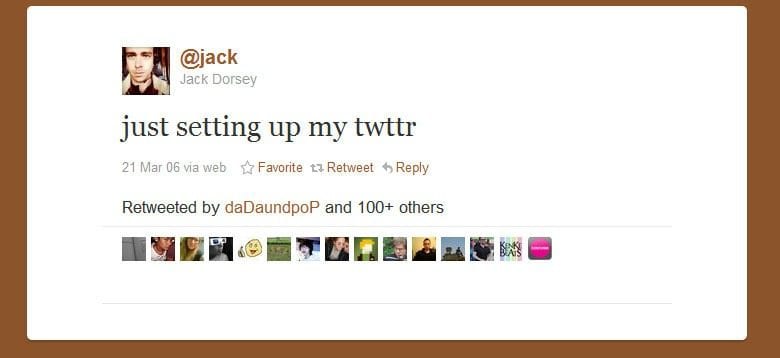
In the late winter or early spring of 2006, the Twitter team at Odeo presented the idea to the rest of the company. In the middle of spring that year, they had a working prototype, and in summer of that same year, news of an earthquake felt in San Francisco began to take shape and be shared on Twitter. By fall 2006, Twitter had approximately 5,000 users and Evan Williams shrewdly made the decision to buy back the shares of the Odeo investors (as they felt the company they had bought into was failing, and they were displeased with the lack of promise they believed Twitter was showing).
Twitter’s success rests on the paramount question of social media, “What are you doing?” At its heart, twitter is a microblogging platform that allows users to quickly update their profiles with information of their choosing at any point in the day. With its inherent need for brevity and ease-of-use, Twitter easily competes with and is, in many cases, preferred to some of its more long-form competitors, such as Facebook and Tumblr. However, due to the diverse, engaging community that seeks to participate and share as much as they consume, Twitter has become the place where people source news, communicate and discuss ideas with friends and strangers and have instant contact with a large swath of the world’s brands and personalities. The ability to receive in-the-moment feedback and exchanges is also an invaluable tool provided by the service. As Co-founder Noah Glass said, “You know what’s awesome about this thing? It makes you feel like you’re right with that person. It’s a whole emotional impact. You feel like you’re connected with that person.”
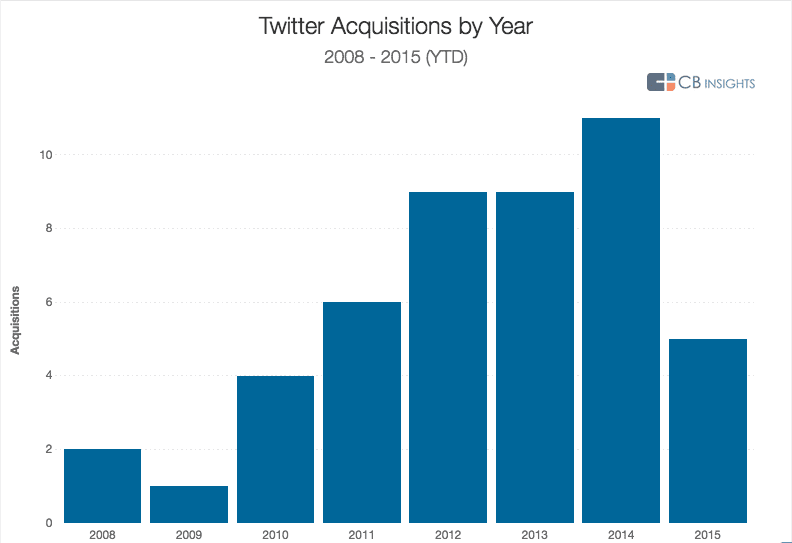
If necessity is the mother of invention, then need is the uncle of reinvention. With Twitter, the premise was very simple: users get 140 characters to share whatever they like with their followers at that moment. Their first real problems were keeping the site up after dealing with huge influxes of users and tweets. As a user since January of 2009, I remember when the crashes of Twitter were commonplace. However, the focus of functionality took a back seat once it became a non-issue and gave way to more pressing matters.
As the needs of social media expanded, so too did Twitter’s scope of services that could be rendered and companies that could be acquired and added to their fold. Adding the ability to see pictures and videos without leaving Twitter and integrating support from sites like YouTube proved huge coups. Acquiring companies like Vine and Periscope also ensured that Twitter would be able to compete in the video realm with the likes of Instagram and Snapchat. Perhaps, there is no greater Twitter acquisition than that of Atebits in 2010. Atebits was the home of the user-favorite app Tweetie, the third-party, mobile Twitter client that became the basis for the mobile Twitter app, which is now offered for free.
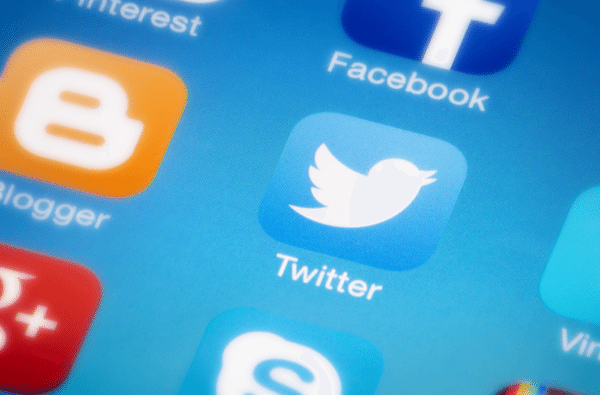
Initially, Twitter saw massive growth. As Charlotte Day, Head of Content & Social Media Marketing at easyMarkets, reported:
- 2007: Twitter receives over four hundred tweets posted per quarter.
- 2008: Twitter receives over one hundred million tweets posted per quarter.
- 1st Q, 2010: Twitter users send 50 million tweets per day during the month of February, amasses 70,000 registered users in March
- March 2011: Twitter receives over 140 million tweets posted on a daily basis, Twitter ranked third among most utilized social media websites.
At that time, Twitter was reportedly worth $5 billion and was believed to be on its way to a $10 billion valuation. Yet, in recent years, user growth has slowed rapidly and revenue, while pushing along well, has not done as well as analysts and Twitter staff may have hoped. Two years ago, Twitter reported revenue growth of 111%, while 2015 saw a reported growth of 58%. In 2016, some are predicting that number to lag its way to 33.6%.
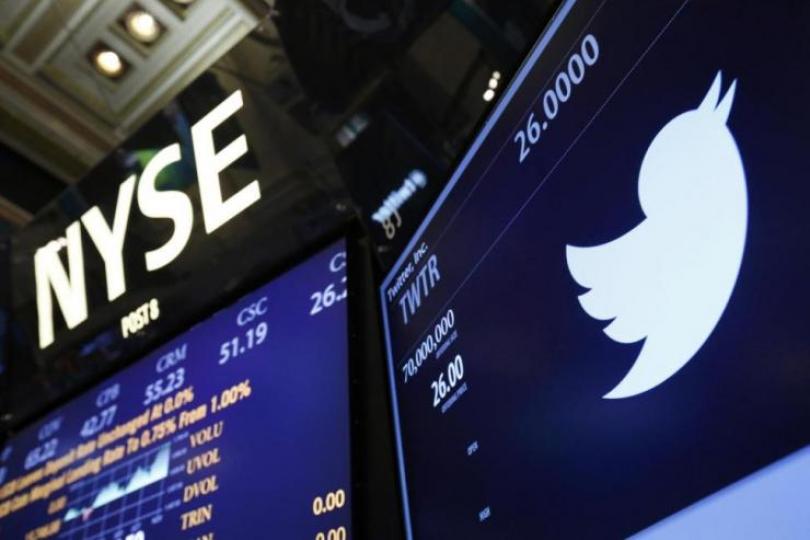
With 310 million active users and revenue upwards of $2 billion, it would seem that Twitter is in a good place. However, when placed in the context of competition with brands like Facebook, it becomes apparent that Twitter’s challenge of user growth may hinder its ability to realize its wild potential, both commercially and socially. With the return of Jack Dorsey to company CEO and reports of frenzied management, concerns of a stagnant user group and increasing stocks shares for employees who may leave the company, we arrive back at the question of necessity. What does Twitter need to do to truly become the de facto social platform? What will it take to meet the challenge?

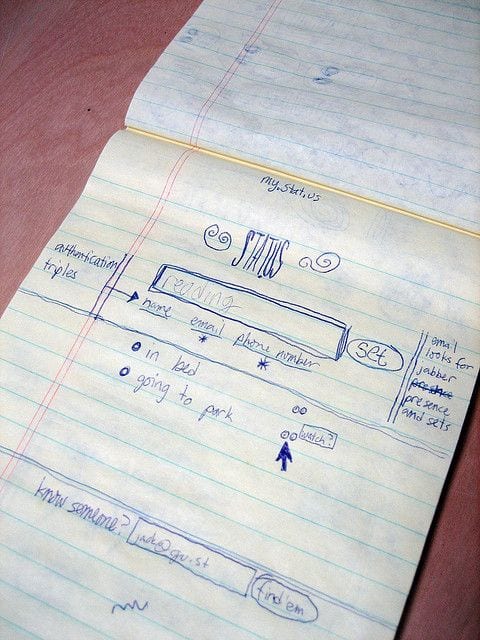 Jack Dorsey sketch of Twitter, circa March 2006
Jack Dorsey sketch of Twitter, circa March 2006

